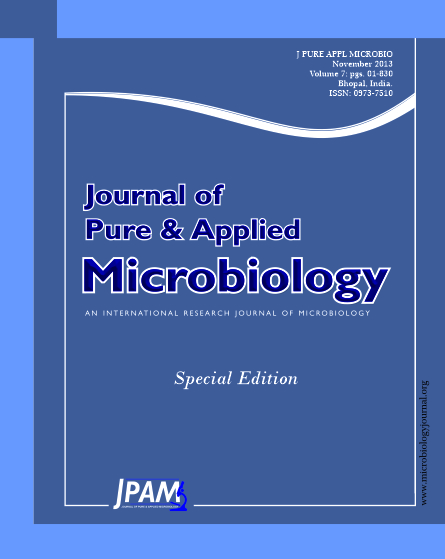Nanotechnology became an important and has endless applications in all fields. A warm water extract for the algae Chroococcus disperses and Chlorella vulgaris was used for silver nitrate reduction. The produced bionanosilver were characterized using electron microscope and the particle size ranged from 25 to 55 nm. The two types of particles were tested against the plant pathogenic bacteria; Pseudomonas flavescens, Erwinia amylovora in addition to the plant pathogenic Fungi; fusarium solani, fusarium oxysporium, Rhizoctonia solani, Helminthosprium sp, Alternaria alternata, Sclerotinia sclerotiorum using the disc diffusion method. The inhibition zones formed by the two types of the nanosilver were compared the generic antibacterial antibiotics; Ampicillin, Gentamycin and streptomycin,. The results showed that a high bacterial activity was obtained by the resultant nanosilver and the inhibition zones were ranged from 35 to 55mm. This activity exceed 5-4 times more than that obtained by the chemical antibiotics. On the other hand, the nanosilver shows high activity against the examined fungi and this activity were higher than the activity of the generic antibiotics 9 times. It can concluded that the produced nanosilver by the algal extract have high activities as antimicrobial activity against the plant pathogenic microbes. A suitable carrier should be examined to approach the resultant pesticide on the infected plants and the disease control will be evaluated.
Nanosilver, algal extract and antimicrobial
© The Author(s) 2013. Open Access. This article is distributed under the terms of the Creative Commons Attribution 4.0 International License which permits unrestricted use, sharing, distribution, and reproduction in any medium, provided you give appropriate credit to the original author(s) and the source, provide a link to the Creative Commons license, and indicate if changes were made.


